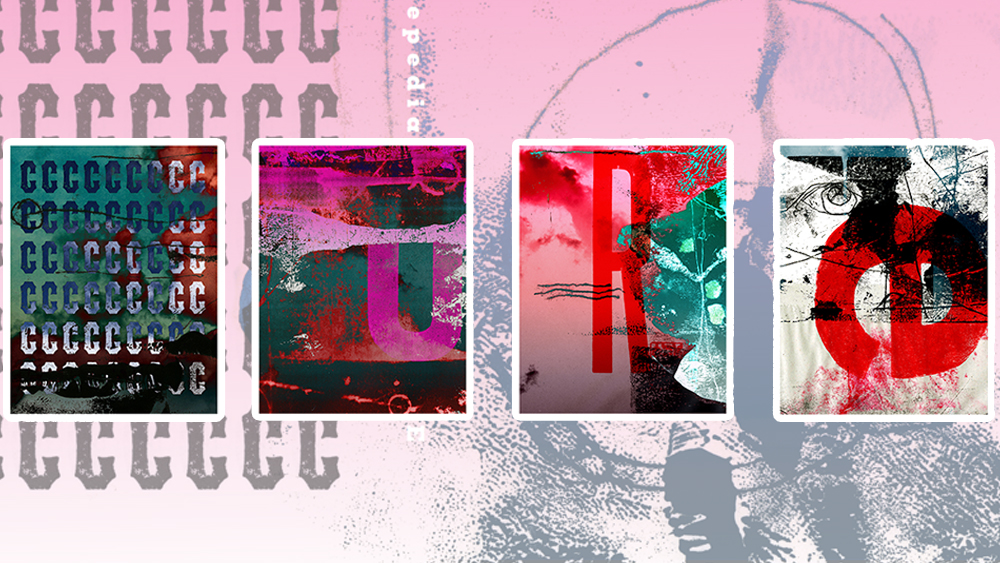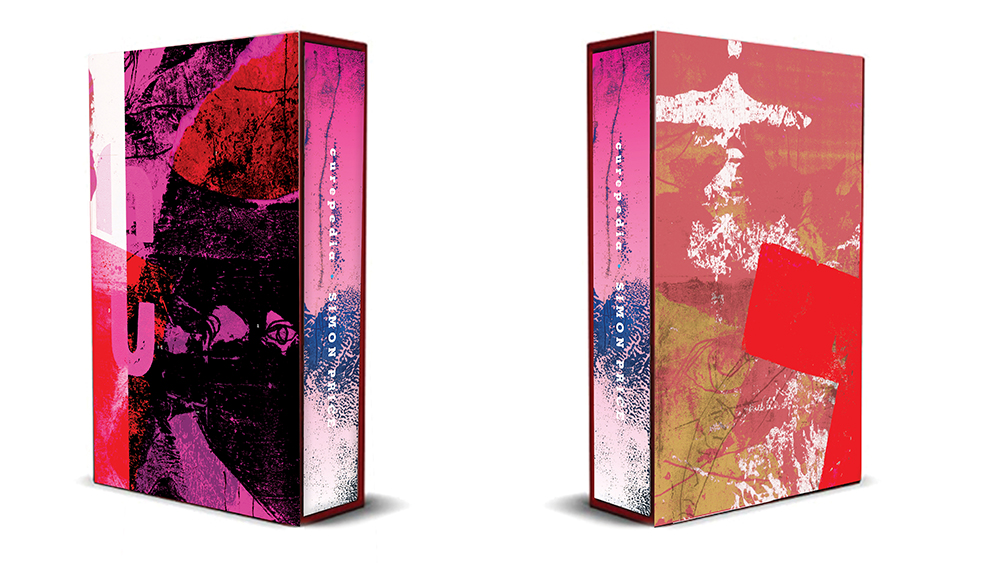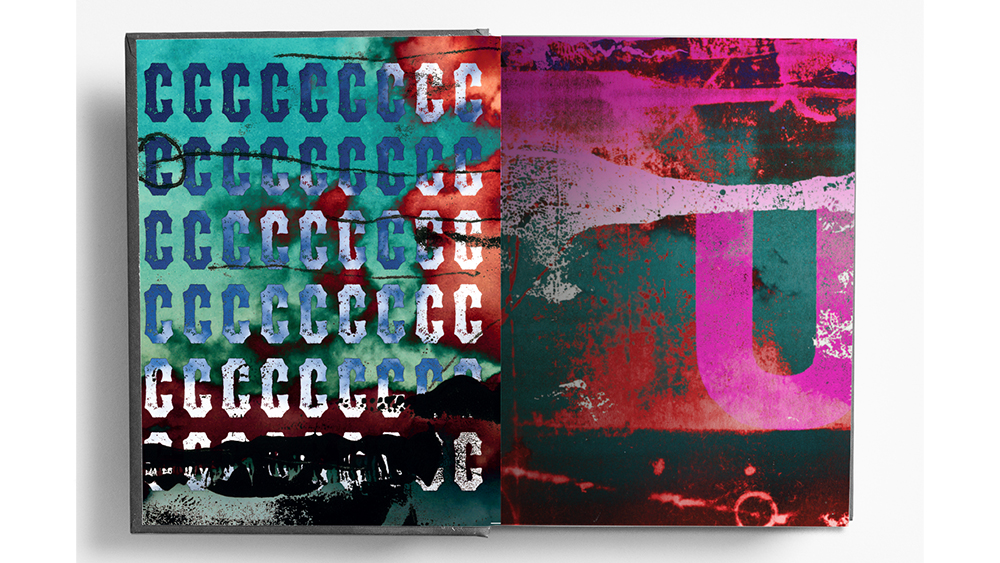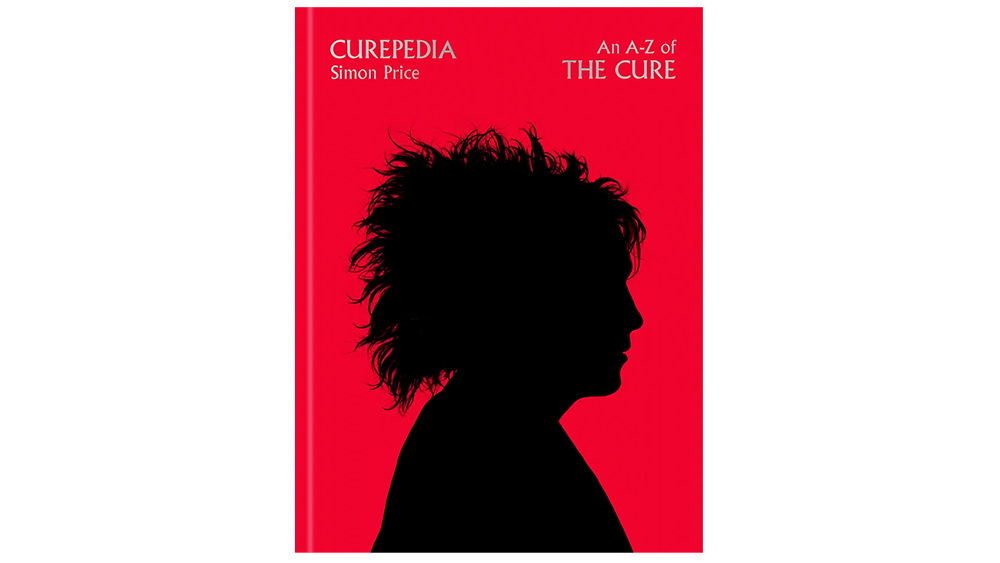
Think of the alternative rock group The Cure and you'll surely picture Robert Smith's wild hair. But chances are you'll also recall the group's iconic album covers, with their very distinct visual flair. Many of these were the work of Andy Vella, an artist whose work has covered a vast range of disciplines, from photography to illustration, graphic design and commissioning.
Vella formed the design agency Parched Art with The Cure's then guitarist Porl Thompson in the 1980s after a chance meeting on a train at the start of while he was still studying for an MA at the Royal College of Art. He went on to create covers for the likes of Jeff Buckley, Pavement, Primal Scream and Mogwai, to direct design at Fiction Records and acid house label Desire and to design book covers for major publishers, including for titles by Tobias Wolff, Nadine Gordimer, Stieg Larsson and Margaret Atwood (see our pick of the best album covers)
We caught up with Vella to learn about his influences and how his art has evolved ahead of the launch of stunning a new visual biography Curepedia, for which he designed bespoke visuals.

What were you aiming to create in the visual identity of The Cure?
A strong visual representation of the music. The visual identity has nicely evolved as time has accrued. I guess I never expected that many of the covers would have been represented in film, fashion, and within galleries like MOMA NY and NGV Australia.
I was always inspired by Hipgnosis. I loved that the music was used to inspire the imagery and that there was always some kind of link and an interesting concept. This often seemed to nod to the surrealists, which played to the absurd.
How did your work for the band evolve over the years?
Get the Creative Bloq Newsletter
Daily design news, reviews, how-tos and more, as picked by the editors.
I think the visual identity has grown over the years because of the consistently simple artistic angle of the design. It takes its cues from the lyrics, which in turn color and visualize them. Visually, you can bring an album to life and highlight hidden themes.

How do you begin when you approach an album cover?
I always listen to the music and immerse myself within it. At that point, I start experimenting with whatever I have in my studio, not really knowing what will happen. That's when the magic happens.
What do you think are the key ingredients for a good album or book cover?
A good cover should enhance the viewer's experience. Some buy a book or album just because the cover speaks to them. It's fascinating; I've seen tattoos inspired by art from Cure covers, logos and photos. It's a testament to impactful design.
Good album or book covers shouldn't follow generic, formulaic, trend-driven outcomes. Effective design should stand the test of time, appearing timeless rather than dated.
How did your time at Fiction Records influence your work?
At Fiction, I had a blast. I worked on three labels and a radio station: ‘Desire’, a dance label, Non Fiction, an indie label, and then Fiction. I was given pretty much complete freedom. I remember Malcolm Mclaren being impressed that I managed all three, especially Desire. It was a great platform for me to play in many different ways.
I also worked with XFM, a pioneering indie radio station. It allowed us to challenge corporate norms and present music authentically. I enjoyed designing in a unique way for its audience, though it did get me into trouble a few times. During this period, I also collaborated with Arthur Baker, Big Cat Records, Chemikal Underground Records, Congo Natty, Creation Records, EMI Records, Island Records,Parlophone Records, Polydor Records, Sony Classical, Warp Records, and many more.

How have you juggled working across different disciplines?
Being effective is about pushing oneself out of your comfort zone and creating within art, design, photography, branding and filmmaking. I remember a shoot where I art-directed a very well-known photographer. It was challenging, but it reinforced my belief that with the right perspective and passion, one can master multiple domains.
Disciplines are barriers people have invented. If you're creative, you can create anything. I've even designed a building. It's all about adapting your thinking, maintaining aesthetic standards, experimenting, and having a vision.
Have you changed your way of working over the years to incorporate new tools?
I view my Macintosh as a highly efficient tool, but it's not the originator of ideas or concepts. As for Artificial Intelligence in the creative realm, watch this space. Change is coming.
White Rabbit will publish Curepedia: An A-Z Of The Cure written by Simon Price on 9 November 2023. The deluxe edition is priced at £85.00 and available to purchase here.
You can see more of Vella's work at his website. For more musical design inspiration, see our pick of the best band logos.

Thank you for reading 5 articles this month* Join now for unlimited access
Enjoy your first month for just £1 / $1 / €1
*Read 5 free articles per month without a subscription

Join now for unlimited access
Try first month for just £1 / $1 / €1

Joe is a regular freelance journalist and editor at Creative Bloq. He writes news, features and buying guides and keeps track of the best equipment and software for creatives, from video editing programs to monitors and accessories. A veteran news writer and photographer, he now works as a project manager at the London and Buenos Aires-based design, production and branding agency Hermana Creatives. There he manages a team of designers, photographers and video editors who specialise in producing visual content and design assets for the hospitality sector. He also dances Argentine tango.
